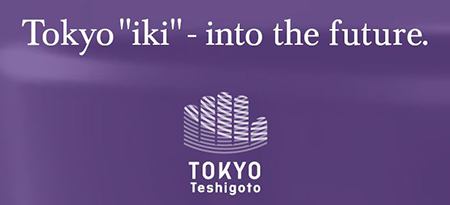Iga Yaki

- The origins of this ware date back to sometime between the second half of the 7th century and 8th century A.D. At the time, a type of earthenware called sueki was being fired and in the early days, seed pots used by farmers were being made. Subsequently, however, it seems that temple roof tiles were produced. Much later on during the Momoyama period (1573-1600), when the tea ceremony had become popular with the warrior class, the name of Iga ware associated with tea bowls in particular became well-known throughout the land, due in no small part to the fact that the feudal lord of the Iga Ueno clan was very knowledgeable about tea and pottery. From the beginning of the Edo period (1600-1868), the thickness of this ware was reduced under the tea master Kobori Enshu and called Enshu Iga. By the 18th century, the foundations of the present-day production center for Iga Yaki were established. More robust than Shigaraki Yaki that is made in a neighboring district, Iga Yaki is also slightly heavier. Various changes take place during firing to produce variations in color and shape according to how the kiln is fired. It is such yohen, "happy accidents" as the production of a glaze with a glass-like quality and surface stains from the firing as well as the sturdy forms and colors of the pieces, which characterize this ware. Everyday pieces of tableware are now made alongside traditional pieces of earthenware, flower vases and teacup and pots. It is the responsibility of the craftsmen to sustain this most ancient forms of pottery.
- Mie






